Mozambique: 100-year-old ruin still serves as a rural hospital in Chibuto - report
Mozambique: Only 4,600 of the 70,000 properties nationalised 44 years ago are still in state hands
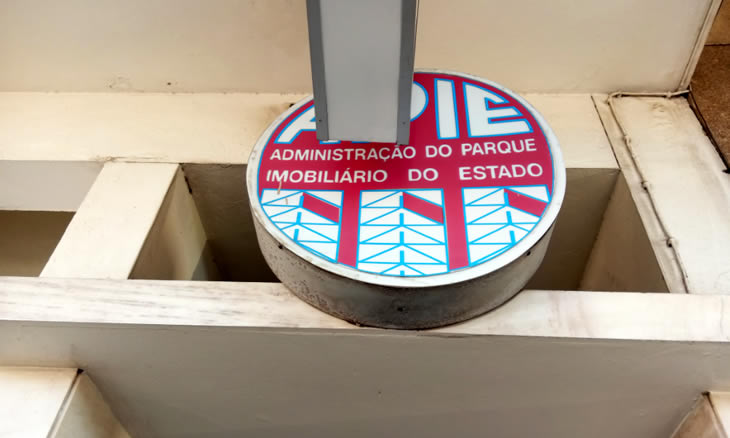
Photo: O País
Today, on Nationalisation Day, 44 years on, the Mozambican state controls only 4,600 of the approximately 70,000 properties abandoned by the Portuguese and their so-called ‘assimilados’ – meaning that the majority of this real estate has been sold over the years.
When independence was gained in 1975, the number of Mozambicans living in urban centres could be counted on the fingers. A people had been freed, but socio-economic independence was far from total or complete.
In other words, it was a people without housing and without direct control of the industries that had been in the hands of the colonists. Then, in 1976, the first Government of Mozambique, led by Samora Machel, created the APIE (State Real Estate Park Administration) and decided, one year after independence, to nationalise all the real estate abandoned by the Portuguese and the ‘assimilated’.
About 70,000 properties were nationalised at the time, more than half of them in the city of Maputo (36,091), followed by Sofala province with 11,412, and Nampula with 4,721. Anyone who had never lived in an apartment building before, for example, now had a sovereign opportunity to do so.
Such was the case of Moisés Adamo, now 76 years old, who lives in one of the nationalised apartments along Avenida Eduardo Mondlane, in the Mozambican capital, Maputo.
“I got a house in the city. After much suffering, this was one of the achievements that affected me after independence,” says Adamo, one of the beneficiaries of the nationalisation process.
“It was a milestone in our history. Mozambicans became the real owners of the properties. Through a decree of 1991, many properties were sold, and currently the property reserve is only 4,600 properties,” director general of the State Real Estate Park Administration Quirino Ngala notes.
ALSO READ: Watch: Nationalisation Day – report
But the APIE says the current inventory is far from accurate. With a civil war lasting 16 years, many records in the districts were destroyed, and many state properties escaped control.
“Nationalisation strategy was not well thought out” – Júlio Carrilho
Academic Júlio Carrilho told ‘O País’ that the process that led to nationalisation was difficult. “The Portuguese were not prepared for the leadership of Mozambicans. There was a lot of fear, so they left the country,” he explains.
According to the professor at the Faculty of Architecture and Physical Planning at Eduardo Mondlane University, “the nationalisation strategy was necessary, but it was not well thought out from a management point of view. It was a difficult measure, and the state had to be careful”.
Carrilho recalled an episode in the first years after the nationalisation of the real estate sector, in which the first president of independent Mozambique, Samora Machel, became enraged.
“At one of these fairs (like FACIM), President Samora became upset that there were still so many vacant houses in the city. The idea arose that action had to be taken, because Mozambicans could not continue to live in the city’s backyard. They lived in the less privileged areas,” he pointed out.
By Edson Arante


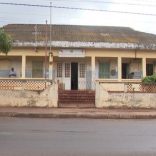


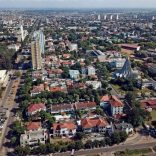



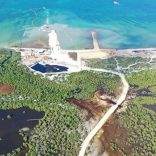
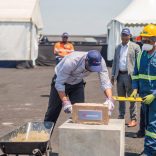

Leave a Reply
Be the First to Comment!
You must be logged in to post a comment.
You must be logged in to post a comment.